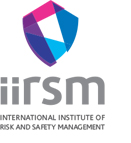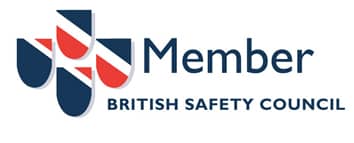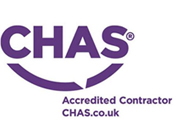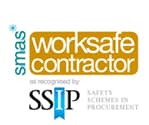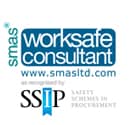Medicals required for Notifiable Non-Licensed Asbestos removers
From the 30 April 2015, all companies who deal with asbestos notifiable non-licensed works (NNLW) must put their workforce through a medical as stated in The Managing and Working with Asbestos – Control of Asbestos Regulations 2012.
First of all, employers should check whether they may be exempt from the new requirement against the following regulations (check HSE website):
• 9 – (Notification of Work with Asbestos)
• 18 (1) (a) – (Designated Areas)
• 22 – (Health Records & Medical Surveillance)
The employer also needs to make an assessment of the work to be done and decide if it meets the following conditions:
• Condition 1: the exposure to asbestos of employees is sporadic and of low intensity; and
• Condition 2: it is clear from the risk assessment that the exposure to asbestos of any employee will not exceed the control limit (0.1f/cm3 over a 4hour period); and
• Condition 3: – the work falls into one of the following categories:
– Short, non-continuous maintenance activities in which only non-friable materials are handled;
– Removal without deterioration of non-degraded materials in which the asbestos fibres are firmly linked in a matrix;
– Encapsulation or sealing of ACMs in good condition;
– Air monitoring and control, and collecting and analysing samples to establish whether a specific material contains asbestos.
NNLW
If the work has been identified as non-licensable work, because it meets Conditions 1 and 2, but does not fall within one of the categories listed under Condition 3, then it does not qualify for an exemption and is NNLW. The employer will need to follow the requirements of regulations 9, 18(1)(a) and 22.
This means that, in addition to the other requirements for non-licensable work, the employer will need to:
• Notify the work with asbestos to the relevant enforcing authority;
• Segregate the area where work with asbestos is being done;
• Ensure medical examinations are carried out for workers doing NNLW;
• Maintain health records for employees doing NNLW.
Medicals for NNLW
Employees who carry out any NNLW must have a medical examination on or before 30 April 2015. From 1 May 2015, anyone carrying out NNLW should have been medically examined under the Regulations in the past three years.
After the first medical, an examination should be repeated every three years (or a shorter time if advised by a doctor), but only while the employee continues to do or expects to continue to do NNLW. For NNLW, the examination does not have to be carried out by an HSE-appointed doctor, it may be carried out by a non-HSE-appointed doctor, such as a local general practitioner.
Medical examinations for licensable work and NNLW should:
• Take place in the employee’s normal working time. Employees should co-operate if they are sent for such an examination;
• Be at the employer’s expense, including travel, lost working time and the doctor’s fee;
• Trigger a review of all methods of work, risk assessments, and co-worker health if an employee is diagnosed with an asbestos-related condition.
• The affected worker may need further medical and managerial redeployment assessment if continuing in current tasks might endanger themselves or others.
Regulation 22 of CAR12 requires that medical surveillance is ‘adequate’. In order to comply with this, your examination should consist of:
• Completion of the respiratory symptom questionnaire form
• A clinical examination, with emphasis on the respiratory system, and particular reference to restriction of chest expansion,
• The presence of basal crackles and finger clubbing
• Measurement of lung function.
Record keeping
Where an employee has been examined in accordance with paragraph (1)(c), the relevant doctor must issue a certificate to the employer and employee stating:
• that the employee has been so examined; and
• the date of the examination,
• A copy of the certificate of examination must be kept by employer for at least 4 years from the date on which it was issued.
Health Reports for NNLW, the employer must:
• Enter the employees carrying out the work in a register or record, indicating the nature and duration of the activity and the exposure to which they have been subjected;
• Have a recording and planning system which records the date of the last examination and brings forward the next required medical examination date for each individual.
• Employers must keep a health record for any employee who carries out work notifiable as either licensable or NNLW. The information must be kept for 40 years in a safe place.
For up-to-date advice on the latest legislation call C&C Consulting on 01525 851752.
To make sure you are qualified for Asbestos Awareness or NNLW visit C&C Training’s website for the next-available course. Don’t forget our Leighton Buzzard centre has a purpose-built facility for a hands-on experience during the course.




